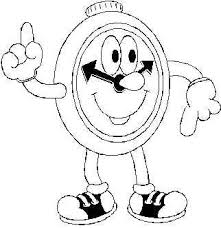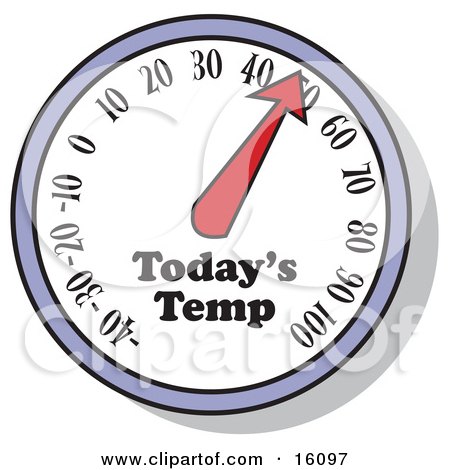What is cleaning?
Cleaning is the removal of unwanted material from
equipment and surrounding which support the microbial growth.

Principles of cleaning: (Why we clean?)
·
To ensure the safety of food
-People nowadays are eating out, so, the hygiene of the preparation of
the food is very important so as to prevent a food borne illness outbreak.
What is sanitizing?
Sanitizing is the treatment of a surface that is
previously cleaned to reduce the number of disease-causing microorganism to
safe levels.

Principles of sanitation: (Why we sanitize?)
·
To further kill microbes that is not
killed during cleaning.
-Cleaning does not 100% kills bacteria especially when
the soap is from a cheap brand and is not strong enough to clean the equipments
thoroughly. And also, cleaning does not stop after washing. Bacteria can
re-grow on the surface of the equipments and re-contaminate the vessels. So sanitizers
are used to keep the microbial level on a safe level.
·
To prevent bacteria from
re-contaminate the equipments in the kitchen.
-Sanitizers contain chemicals that make it difficult for microbes from
growing/sticking to the surface of kitchenwares.
Sanitizing Principles:
Heat and chemicals are the 2 type of
sanitizers most commonly used in food establishments.
Sanitizers destroy disease-causing
organisms which may by present on equipment and
utensils even after cleaning.
Whether
you are cleaning a floor, a wall, dishes or anything else, there are five basic
principles of cleaning and sanitation that must be used in conjunction with
each other:
-
TIME
-
TEMPERATURE
-
MECHANICAL ACTION
-
CHEMICAL ACTION
-
PROCEDURES
These
five must be carefully balanced in order to accomplish the stated job most
efficiently and most economically. Should any of the five basics be decreased
in strength, one of the others will have to be increased in order to accomplish
the job. It is critical for operators to maintain the proper balance of the
basics.
TIME
This
applies to how long the job is actually performed. Common sense tells you that
with all other things being equal, a floor will be cleaner if you mop it for
ten minutes rather than five minutes.

TEMPERATURE
Different
jobs require particular temperatures for the required function. For instance,
grease is more easily cut with hot water than with cold water. Some other jobs
are done better with the higher temperature that creates steam. The correct
temperature has to be married to the particular cleaning problem.


MECHANICAL
ACTION
Mechanical
action is sometimes referred to as either the friction of the force required to
do the job. It is the pressure that you exert on the mop while cleaning the
floor or how hard you rub your hands together when washing them.
CHEMICAL
ACTION
This
is the power of the chemicals that are used in the cleaning operation. It is
how much and how strong of a detergent you need to use to complete the assigned
task.


PROCEDURES
Following
correct cleaning and sanitizing procedures is the most important principal of
cleaning.


References:
http://www.sfda.gov.sa/PDF/En/%7B611B849C-D9B9-4E72-A445-99BC24988E9C%7D.pdf
http://www.indonesiamanpower.com/procedure.html
http://www.clipartof.com/portfolio/anortnik/illustration/thermometer-showing-the-temperature-for-the-day-16097.html
http://dubaicity.olx.ae/5760-pcs-dettol-hand-sanitizer-50-ml-for-sale-iid-142523734
http://www.gearslutz.com/board/product-alerts-older-than-2-months/102897-black-lion-audio-clock.html
http://www.sjhvaporclean.com.sjhgreensteam.com/the-real-dangers-of-household-cleaners
http://www.indonesiamanpower.com/procedure.html
http://www.clipartof.com/portfolio/anortnik/illustration/thermometer-showing-the-temperature-for-the-day-16097.html
http://dubaicity.olx.ae/5760-pcs-dettol-hand-sanitizer-50-ml-for-sale-iid-142523734
http://www.gearslutz.com/board/product-alerts-older-than-2-months/102897-black-lion-audio-clock.html
http://www.sjhvaporclean.com.sjhgreensteam.com/the-real-dangers-of-household-cleaners
شركة تنظيف منازل بالرياض
ReplyDelete